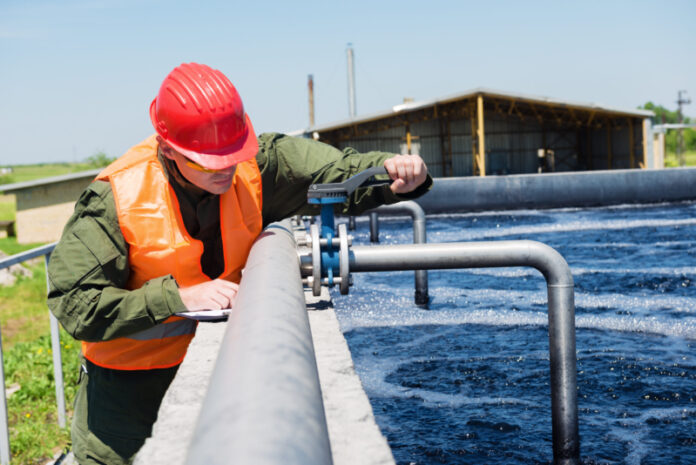We may be familiar with the responsibility of a Civil engineer as to designing and building infrastructure such as roads, buildings and energy systems. These duties are a vital part of society, and their work impacts lives in countless ways. It is also the mandate of a civil engineer is to plan and design infrastructure that makes life easier for people all around the planet. They use engineering principles to create structures and buildings that are safe, efficient, sustainable and affordable.
With the rapidly evolving technology, civil engineers can develop sustainable designs that minimize the environmental impact of their projects. For example, they can help to optimize better material use, develop rainwater management plans, restore degraded or contaminated sites, and develop environmentally friendly materials for construction. They also work to improve the quality of our surroundings and reduce pollution, helping to protect ecosystems and conserve resources. Their expertise and knowledge are invaluable to many projects, including water and wastewater treatment plants.
Africa Surveyors March-April digital issue 2023
Environmental sustainability contribution
In order to make a positive difference in the environment, civil engineers are required to contribute to sustainability efforts throughout a project’s life cycle. This can include a range of activities from the initial site assessment to the final construction phase. The main way that civil engineers contribute to sustainability is by ensuring that their projects are built to green standards, such as LEED (Leadership in Energy and Environmental Design). This includes ensuring that the buildings and structures they design are designed with efficiency, safety, and longevity in mind.
Moreover, they must ensure that the infrastructure they build adheres to local codes and regulations. They must also make sure that all parties involved in a project are aware of their duties and obligations to the public and local governments. Civil engineers are also required to ensure that all of the necessary steps are taken to construct a project on time and within budget. This can include monitoring the progress of the team onsite and keeping an open dialogue with architects, consultants and subcontractors, by the use of construction project management software to keep track of all the tasks and activities that are being carried out. These tools allow them to ensure that everyone is following the correct procedures and on-time.
These tools can also be used to make reports and to communicate with staff on the site if there are any issues that need to be resolved. The ability to write up these reports, manage construction crews and monitor the progress of a project is critical for the successful execution of any civil engineering project.
The future of this career is expected to continue to grow and expand, as more cities and countries need to build new infrastructure. As such, there is an increasing need for trained and qualified civil engineers who can provide the knowledge, skills and expertise to carry out these tasks.
Role of Civil Engineers in Water and Wastewater Plants
Civil Engineers can design, build, and help maintain and successfully operate structures and large facilities such as dams, pipelines, tanks, reservoirs, pumping stations and treatment plants for water and wastewater.
Speaking to Geofrey Mwangi, Senior Engineer, at Arup, Nairobi office on the critical role of Civil Engineers in Water and Wastewater Plants, he had this to say, “Civil engineers are responsible for designing, building, and maintaining water and wastewater treatment plants to ensure that they meet the required standards for safety, water quality, treatment capacity, and environmental impact including safe disposal of wastewater generated. This work is essential as water is a complex, and ever-changing resource that is linked to almost everything in the world, and is critical for socio-economic development, healthy ecosystems and for the survival of humans and nature. Civil engineers must have a deep understanding of water treatment processes, environmental regulations, and engineering principles to successfully perform this work.”
Geofrey further elaborates that, “Water and wastewater treatment plants are part of water infrastructure systems composed of various other components which include dams, reservoirs, pumping stations, pipelines, storage tanks and towers, wastewater collection systems, stormwater management systems, and rainwater harvesting systems. These components work together to ensure a reliable supply of clean water while protecting public health and the environment.”
“The plants play a crucial role in the treatment of water and wastewater, while dams and reservoirs provide a reliable supply of water. Pumping stations and pipelines transport water to treatment plants and distribution networks, while storage tanks and towers ensure a sufficient supply during periods of high demand. Wastewater collection network (sanitary sewers) transport wastewater for treatment, while stormwater management systems prevent flooding and pollution. Finally, rainwater harvesting systems conserve water resources by capturing and storing rainwater to meet specified demands such as non-potable use,” he concludes.



